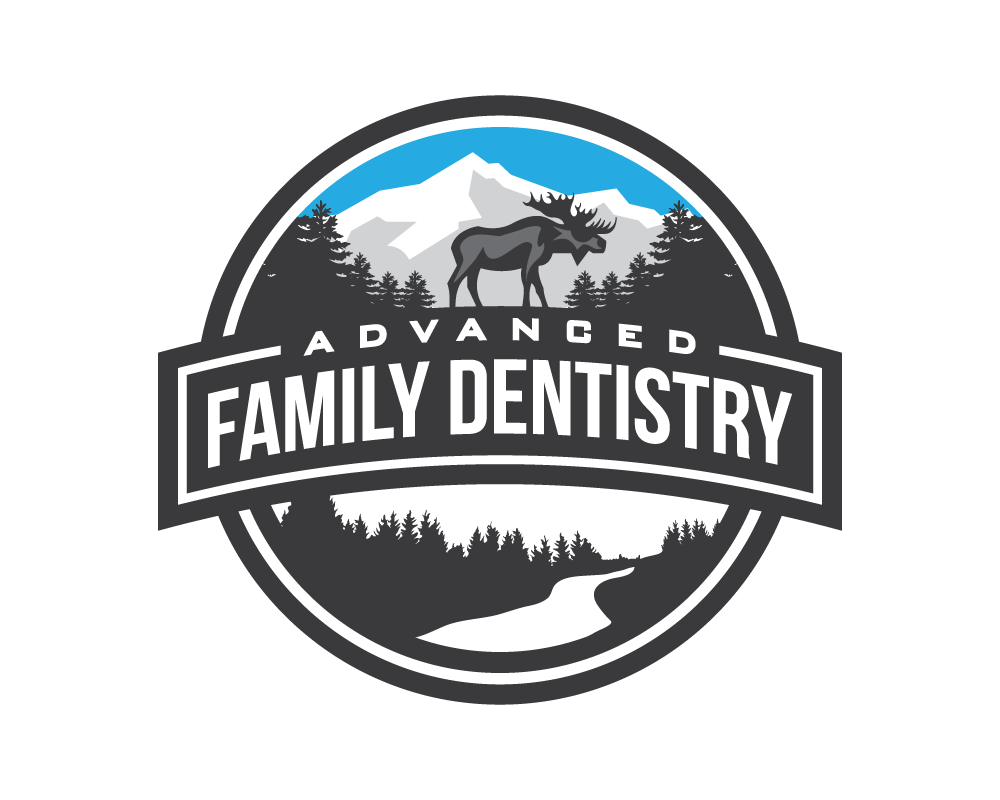News in Dentistry
Pediatric Space Maintenance
What do you do if your child loses his/her baby teeth early?
A space maintainer is utilized to hold the space for the adult teeth so that they come in correctly. If you do not maintain the space that is needed for the adult teeth then they could come in toward the tongue, palate or the cheek. That could mean crooked teeth and need for orthodontics down the road. This is a cost effective and safe method to help guide the adult teeth.
Alzheimer's Disease
Researchers have long suspected a link between Alzheimer's Disease and gum inflammation, better known as gingivitis. That suspicion was verified in 2013 when researchers from the University of Central Lancashire (UCLan) compared brain samples from patients with Alzheimer's to those without and identified the presence of the bacterium Porphyromonas gingivalis in the brains of those patients with Alzheimer's Disease. P. gingivalis is one of the main bacteria associated with gingivitis.
It helps to understand that when your gums are inflamed your body is trying to fight the bacteria by bringing in lots of immune cells to that area. The body does this by vasodilation or widening of the blood vessels. While this allows immune cells rapid transit to the site of the problem, it also allows the bacteria access to the blood stream where they can travel to other areas of the body, like the brain. Once in the brain they can cause more inflammation which can make matters worse for patients that are predisposed to getting Alzheimer's, or perhaps worsen the condition for those that already have it.
Stem Cells in Dentistry
Stem cells can be found in different parts of our body and they are responsible for the growth of new tissue. Stem cells are interesting because they can be reprogrammed to replicate tissue that has become damaged and can no longer replicate healthy cells. In dentistry we hope to use these new advances in stem cell therapy to regenerate diseased tooth structure or nerves or possibly even growing brand new teeth where a patient may have lost a tooth. This is the single most valuable treatment in dentistry that could be made available in this generation.
Please follow this link for more information: https://www.ncbi.nlm.nih.gov/pmc/articles/PMC3491285/
